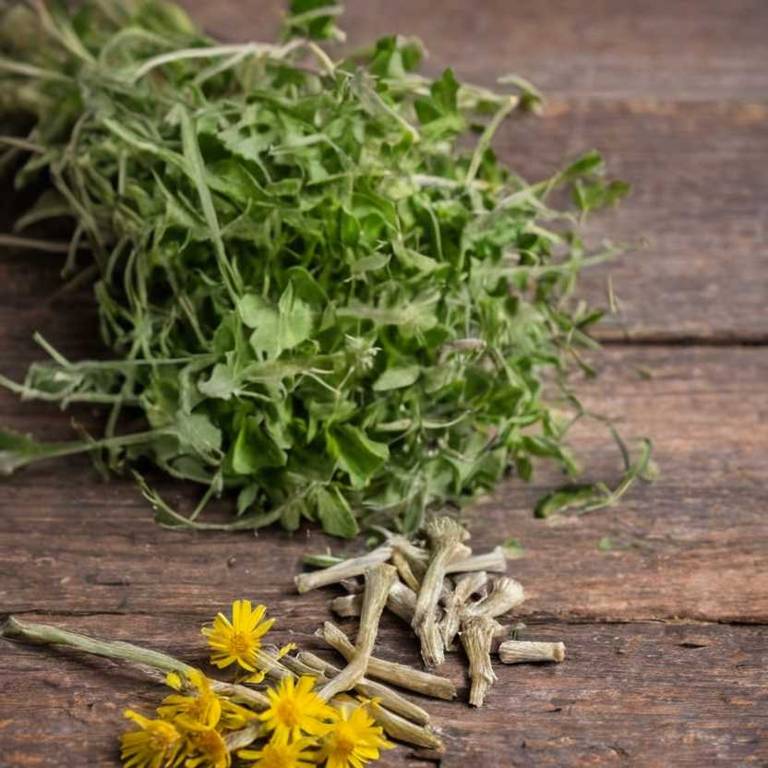Hieracium Pilosella: What To Know Before Using It For Medicinal Purposes

Hieracium pilosella, commonly known as mouse ear hawkweed, has been traditionally used in herbal medicine for its potential anti-inflammatory and wound-healing properties.
The plant contains various bioactive compounds, including flavonoids and polyphenols, which may contribute to its therapeutic effects. Historically, it has been applied externally to treat skin conditions such as eczema and psoriasis due to its soothing properties. However, it is important to note that the plant can be toxic if ingested, and its use should be approached with caution.
Despite its traditional use, modern scientific research on its medicinal applications remains limited, highlighting the need for further studies to validate its efficacy and safety.
Health Benefits
Hieracium pilosella has several health benefits, such as its potential anti-inflammatory and antioxidant properties that may support immune function.
It has been traditionally used in herbal medicine to treat skin conditions like eczema and psoriasis due to its soothing effects. The plant contains bioactive compounds that may help reduce oxidative stress and promote cellular repair. Additionally, some studies suggest it may have antimicrobial properties that could aid in preventing infections.
However, more research is needed to fully understand its therapeutic potential and ensure safe usage.
10 Best Health Beneift of Hieracium pilosella
Bioactive Constituents
Hieracium pilosella has several bioactive constituents, such as flavonoids, phenolic acids, and triterpenoids, which contribute to its medicinal properties.
These compounds exhibit antioxidant, anti-inflammatory, and immunomodulatory activities, making the plant useful in the treatment of various inflammatory and autoimmune disorders. The presence of sesquiterpene lactones further enhances its potential in combating infections and supporting immune function. Additionally, the plant contains mucilage, which provides soothing effects on the digestive tract and helps in treating gastrointestinal issues.
Overall, the diverse bioactive profile of Hieracium pilosella supports its traditional use in herbal medicine for a range of health conditions.
Medicinal Preparations
Hieracium pilosella has several medicinal preparations, such as teas, tinctures, and topical salves, that have been traditionally used for their therapeutic properties.
A common preparation involves making a tea from the dried flowers and leaves, which is believed to aid in reducing inflammation and promoting digestion. Tinctures of Hieracium pilosella are often used to support liver function and detoxification processes in the body. Topical applications of the plant, such as creams or poultices, are utilized to treat skin conditions and alleviate pain from injuries or arthritis.
These preparations are typically prepared using standardized methods to ensure consistency and potency in their medicinal effects.
Side Effects
Hieracium pilosella can have some side effects, such as skin irritation and allergic reactions when handled or ingested.
Contact dermatitis is a common issue, causing redness, itching, and blisters on the skin. Ingesting the plant may lead to gastrointestinal discomfort, including nausea and vomiting. Individuals with allergies to plants in the Asteraceae family may experience more severe reactions.
It is advisable to avoid direct contact with Hieracium pilosella and seek medical attention if symptoms persist.